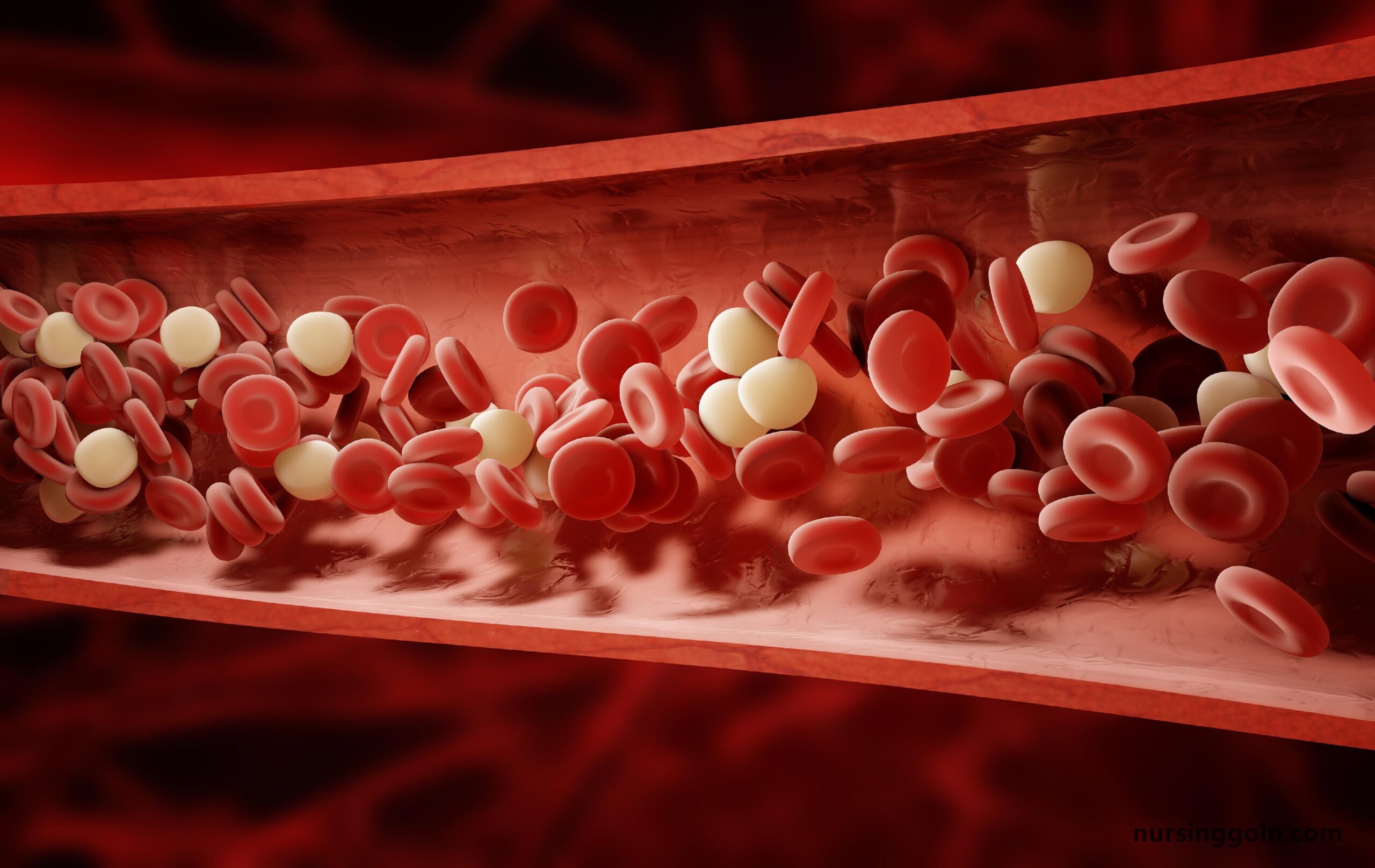Today our topic of discussion is ” Anatomy of the Lymphatic and Immune Systems “. The lymphatic and immune systems play pivotal roles in maintaining homeostasis within the human body. While they function as distinct entities, their collaboration is vital for defending the body against foreign pathogens and facilitating fluid balance. This article provides an in-depth exploration of the anatomy and functions of these intricate systems.

Anatomy of the Lymphatic and Immune Systems: The Lymphatic and Immune System
1. Introduction
The lymphatic and immune systems are intertwined, with the lymphatic system serving as the structural framework for many components of the immune system. Their combined functions offer protection against diseases and maintain fluid balance in the body’s interstitial spaces.
2. The Lymphatic System: An Overview
The lymphatic system comprises lymphatic vessels, lymph nodes, and various organs and tissues containing lymphocytes.
- Lymphatic Vessels: These vessels, similar to veins, transport lymph—a clear fluid containing white blood cells—throughout the body.
- Lymph Nodes: These small, bean-shaped structures filter lymph, trapping bacteria, viruses, and other foreign substances, which are then destroyed by specialized cells.
- Primary Lymphoid Organs: The bone marrow (produces B and T cells) and thymus (where T cells mature) fall under this category.
- Secondary Lymphoid Organs: This category includes the spleen, tonsils, and mucosa-associated lymphoid tissue (MALT) like Peyer’s patches in the intestines.
3. Lymph Flow and Function
Lymph originates as interstitial fluid surrounding tissue cells. It enters lymphatic capillaries and is channeled through a series of larger vessels, being filtered through lymph nodes en route. Eventually, lymph drains into the circulatory system via the thoracic duct and right lymphatic duct.
Lymph functions include:
- Fluid Recovery: Approximately 3 liters of interstitial fluid become lymph daily, ensuring fluid homeostasis.
- Immunity: Lymph nodes detect and respond to pathogens, with the help of lymphocytes.
- Lipid Absorption: Lymphatic vessels in the small intestine, called lacteals, absorb dietary lipids not taken up by blood capillaries.
4. The Immune System: An Overview
The immune system is the body’s defense mechanism against pathogens, including bacteria, viruses, fungi, and parasites. It comprises:
- Innate Immunity: The nonspecific primary defense against foreign substances, featuring physical barriers (skin, mucous membranes) and internal defenses like phagocytes, natural killer cells, and inflammation.
- Adaptive Immunity: A specific defense mechanism, it involves lymphocytes targeting specific pathogens. It comprises cell-mediated immunity (involving T cells) and humoral immunity (involving B cells and antibodies).

5. Cells of the Immune System
- Leukocytes (White Blood Cells): These cells can be classified into granulocytes (neutrophils, eosinophils, basophils) and agranulocytes (lymphocytes and monocytes). Each type has specialized functions in immune response.
- Lymphocytes: Crucial for adaptive immunity, they include B cells (produce antibodies), T cells (destroy compromised cells), and Natural Killer cells (attack abnormal or infected cells).
- Phagocytes: These cells, like macrophages and neutrophils, engulf and digest pathogens.
6. The Thymus and T Cell Maturation
The thymus is a bilobed organ located above the heart. Immature T cells migrate from bone marrow to the thymus, where they mature and differentiate. This maturation process ensures self-tolerance, eliminating T cells that would target the body’s own cells.

7. The Spleen: A Blood-Filtering Organ
The spleen filters blood, removing damaged blood cells and pathogens. White pulp areas are rich in lymphocytes, facilitating immune reactions, while red pulp areas filter blood.
8. Mucosal Immunity
MALT defends mucosal surfaces from pathogens. Examples include tonsils, which form a protective ring around the throat, and Peyer’s patches in the intestines.
9. The Immune Response
Upon encountering a pathogen, the body mounts an immune response:
- Primary Response: The first time the immune system combats a particular pathogen, this response is slower.
- Secondary Response: On subsequent encounters with the same pathogen, memory cells facilitate a swifter, more potent response.

10. Conclusion
The lymphatic and immune systems, though complex, work harmoniously to protect the body from external threats and maintain internal equilibrium. Their intricacies, from the filtering function of the lymph nodes to the specialized responses of the immune cells, underscore the body’s remarkable capacity to defend, adapt, and heal.
Read more:
